Air freight, also known as air cargo, involves the transportation of goods by aircraft. This method is essential for moving goods quickly over long distances, making it a critical component of international trade and supply chain management. The primary advantage of air freight is its speed, enabling businesses to meet tight deadlines and ensure timely delivery of products.
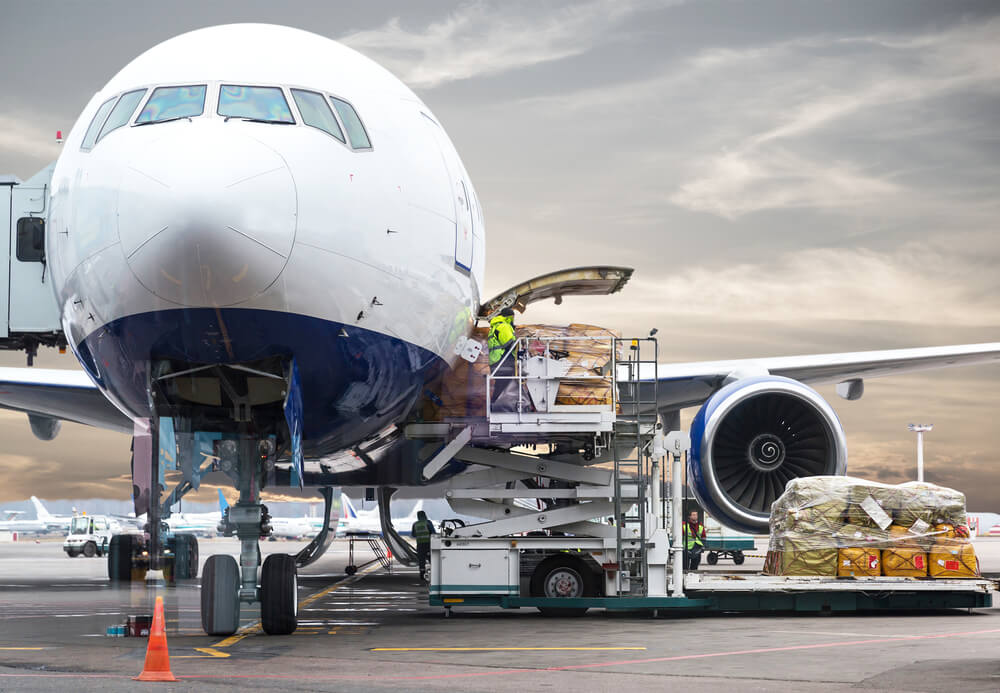
Key Players in the Air Freight Industry
- Airlines: Airlines are the backbone of air freight transport. They operate cargo planes and passenger planes equipped with cargo holds. Major players in this sector include dedicated cargo airlines like FedEx, UPS, and DHL, as well as commercial airlines such as Emirates, British Airways, and Lufthansa which also offer cargo services.
- Freight Forwarders: Freight forwarders act as intermediaries between shippers and carriers. They manage the logistics of shipping, from negotiating rates with airlines to handling documentation and customs clearance.
- Ground Handling Agents: Ground handling agents are responsible for the physical handling of cargo at airports. They ensure that goods are loaded and unloaded safely and efficiently.
- Customs Authorities: Customs authorities oversee the import and export of goods, ensuring compliance with local laws and international regulations. They play a crucial role in clearing goods for entry or exit from a country, thus preventing illegal trade and ensuring the proper collection of duties and taxes.
Types of Air Freight Services
Standard Air Freight: This service offers a balance between cost and speed, making it suitable for most types of cargo. It’s ideal for shipments that are important but not extremely time-sensitive.
Express Air Freight: For goods that need to be delivered urgently, express air freight services provide expedited shipping options. This service is more expensive but guarantees faster transit times, often within 1-2 days.
Charter Services: When standard and express services are not viable, charter services offer customized solutions. This involves hiring an entire aircraft to transport goods, making it ideal for oversized, heavy, or highly sensitive cargo.
Advantages and Disadvantages of Air Freight
- Advantages
- Speed and Efficiency: One of the most significant advantages of air freight is its speed. Goods can be transported across continents in a matter of hours rather than weeks, making it the fastest mode of transport available. This is particularly beneficial for perishable goods, high-value items, and time-sensitive deliveries.
- Reliability and Security: Air freight offers a high level of reliability and security. Airlines operate on strict schedules, and flights are less susceptible to delays compared to sea or land transport. Additionally, airports have stringent security measures in place, reducing the risk of theft or damage.
- Global Reach: Air freight services cover almost every part of the world, providing extensive global reach. This enables businesses to expand their markets and fulfill international orders quickly and efficiently.
- Disadvantages
- Higher Costs: Air freight is generally more expensive than other modes of transport such as sea or land freight. The higher costs are due to the premium nature of air transport, fuel surcharges, and airport fees. This makes it less viable for low-value or bulk shipments.
- Limited Capacity and Size Restrictions: Aircraft have limited cargo space and weight capacity, imposing size and weight restrictions on shipments. This makes it less suitable for very large, heavy, or bulky items. Shippers must consider these limitations when choosing air freight.
- Environmental Impact: Air freight has a significant environmental impact due to high carbon emissions from aircraft. This makes it a less eco-friendly option compared to sea or rail transport. Companies concerned with sustainability may need to weigh the environmental costs against the benefits of air freight.
Air Freight Process
Navigating the air freight process can be complex, but understanding each step can help shippers ensure smooth and efficient transportation. Here is a detailed breakdown of the air freight process:

Step-by-Step Breakdown
- Booking and Documentation: The air freight process begins with booking your shipment with a freight forwarder or directly with an airline. During this stage, it’s crucial to prepare all necessary documentation, including the Air Waybill (AWB), commercial invoice, and packing list. Accurate and complete documentation is essential for avoiding delays and ensuring compliance with international regulations.
- Packaging and Labeling: Proper packaging is vital to protect your goods during transit. Use high-quality materials and ensure that packages are strong enough to withstand handling and turbulence. Labeling should include all required information such as the shipper and consignee details, weight, dimensions, and handling instructions. This helps ground handling agents and customs officials to process your shipment efficiently.
- Pickup and Delivery to Airport: Your freight forwarder will arrange for the pickup of your goods from your warehouse or production facility and transport them to the departure airport. This involves coordination with local trucking companies and ensuring that the cargo reaches the airport on schedule.
- Security Screening: Before being loaded onto the aircraft, all shipments must undergo security screening. This includes x-ray scanning and physical inspection to ensure the cargo complies with aviation security regulations. Enhanced security measures are in place to prevent the transport of hazardous or prohibited items.
- Customs Clearance: At both the origin and destination, your shipment must clear customs. This involves the verification of documentation, inspection of goods, and payment of any applicable duties and taxes. Efficient customs clearance is critical to avoid delays and ensure that your goods can legally enter or exit a country.
- Loading and Air Transport: After clearing customs at the origin, the cargo is loaded onto the aircraft. This step involves careful handling to prevent damage and ensure that the cargo is securely stowed. The goods are then transported by air to the destination airport.
- Arrival and Cargo Handling: Upon arrival at the destination airport, the cargo is unloaded from the aircraft and handed over to ground handling agents. These agents are responsible for processing the freight through the airport’s cargo terminal and preparing it for final delivery.
- Final Delivery: The last step in the air freight process is the final delivery to the consignee. Your freight forwarder will coordinate with local transportation companies to ensure that the goods are delivered to the specified location, completing the air freight journey.
Key Documentation in Air Freight
Accurate and complete documentation is critical in air freight. It ensures smooth customs clearance, compliance with international regulations, and efficient handling of shipments. Here are the key documents involved in the air freight process:
- Air Waybill (AWB): The Air Waybill is the most important document in air freight. It serves as the contract of carriage between the shipper and the airline, as well as a receipt for the goods. The AWB contains essential information such as the shipper and consignee details, description of the goods, weight, and instructions for handling and delivery.
- Commercial Invoice: This document provides a detailed description of the goods being shipped, including their value, quantity, and terms of sale. It is used by customs authorities to assess duties and taxes and verify that the shipment complies with import/export regulations.
- Packing List: The packing list itemizes the contents of each package in the shipment. It includes information about the weight, dimensions, and type of goods. This document assists customs officials in verifying the shipment and ensures that the consignee can accurately account for the received items.
- Export/Import Licenses: Depending on the nature of the goods and the countries involved, you may need specific licenses or permits to export or import your cargo. These licenses ensure compliance with local regulations and international trade agreements.
- Certificate of Origin: This document certifies the country in which the goods were manufactured. It is often required by customs authorities to determine tariff rates and ensure compliance with trade agreements. The certificate of origin can be issued by a chamber of commerce or other authorized bodies.
- Shipper’s Letter of Instruction (SLI): The Shipper’s Letter of Instruction provides specific instructions to the freight forwarder regarding the handling, transportation, and delivery of the goods. It includes details about the routing, documentation requirements, and any special handling instructions.
By understanding each document’s role and ensuring that all paperwork is accurate and complete, shippers can facilitate smooth customs clearance and prevent delays in the air freight process. This attention to detail not only ensures compliance but also enhances the efficiency and reliability of air freight shipments.
Air Freight Rates and Cost Factors
Understanding air freight rates and the factors that influence costs is crucial for effective budgeting and logistics planning. Here’s a detailed exploration of how rates are calculated and the key cost factors:
- How Air Freight Rates are Calculated
- Chargeable Weight: Air freight charges are primarily based on the chargeable weight of the shipment, which is either the actual gross weight or the volumetric (dimensional) weight, whichever is greater. Volumetric weight is calculated using the formula: Volumetric Weight (kg) = (Length (cm) x Width (cm) x Height (cm))/6000 . This calculation ensures that airlines can optimize space utilization, particularly for lightweight but bulky items.
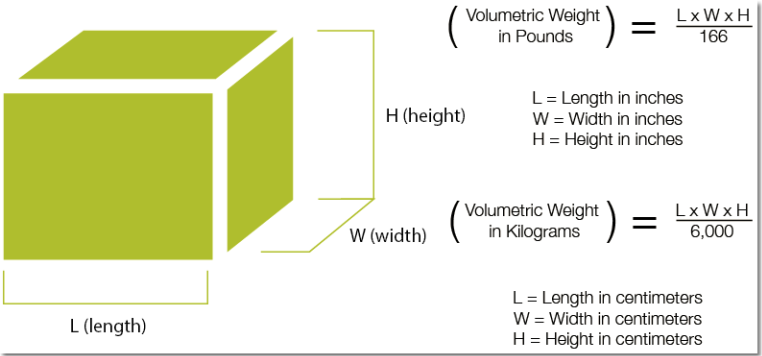
- Factors Influencing Air Freight Costs
- Distance and Destination: The distance between the origin and destination directly impacts air freight rates. Shipping to remote or less frequently serviced locations can be more expensive due to limited flight availability and higher operational costs.
- Type of Goods: The nature of the goods being shipped affects costs. Hazardous materials, perishable items, and high-value commodities often require special handling and comply with additional regulatory requirements, leading to higher charges.
- Fuel Surcharges: Fuel surcharges fluctuate based on global oil prices and significantly impact air freight rates. Airlines adjust surcharges regularly to reflect changes in fuel costs, which are a major component of air transport expenses.
- Seasonal Variations: Air freight rates can vary seasonally. Peak seasons, such as the holiday period and Chinese New Year, see increased demand for air cargo services, which can drive up rates. Conversely, rates may be lower during off-peak times due to reduced demand.
- Airport Charges and Handling Fees: Airports impose various charges for cargo handling, security screening, storage, and other services. These fees can vary significantly between airports and contribute to the overall cost of air freight.
- Currency Exchange Rates: International air freight transactions often involve multiple currencies. Fluctuations in exchange rates can affect the cost of shipping, particularly for long-term contracts or when dealing with volatile currencies.
Learn more:
- How is international air freight billed?
- What Air Freights in China Require an Identification Report?
Tips for Successful Air Freight Shipping
Ensuring successful air freight shipping involves meticulous planning, proper documentation, and effective communication with all parties involved. Here are some professional tips to optimize your air freight shipments:
- Proper Packaging and Labeling
- Packaging: Use robust and durable packaging materials to protect your goods during transit. Consider using double-walled boxes, cushioning materials, and strapping for added security. Ensure that the packaging is appropriate for the type and weight of the cargo.
- Labeling: Clearly label each package with the shipper and consignee details, contents, weight, dimensions, and handling instructions. Proper labeling helps ground handlers and customs officials to process your shipment efficiently and reduces the risk of errors.
- Accurate Documentation
- Complete and Accurate Paperwork: Ensure that all required documents, including the Air Waybill, commercial invoice, packing list, and any necessary licenses or permits, are accurate and complete. Errors or omissions in documentation can lead to delays and additional costs.
- Electronic Documentation: Where possible, use electronic documentation (e-freight) to streamline the process and reduce the risk of paperwork errors. Many airlines and freight forwarders offer electronic documentation services that facilitate faster processing and tracking.
- Advanced Planning and Booking
- Plan Ahead: Book your shipments well in advance, especially during peak seasons, to secure space and avoid higher rates. Advance planning allows you to negotiate better rates and ensures that your goods reach their destination on time.
- Flexible Scheduling: Be flexible with your shipping schedule to take advantage of lower rates and available capacity. If your shipment is not extremely time-sensitive, consider using off-peak times to reduce costs.
- Insurance and Risk Management
- Cargo Insurance: Protect your shipment with adequate cargo insurance to cover potential losses or damages during transit. Air freight insurance provides peace of mind and financial protection against unforeseen events.
- Risk Mitigation: Implement risk management practices such as using tamper-evident seals, GPS tracking, and secure packaging to safeguard your goods. Collaborate with reputable freight forwarders and airlines that have strong security measures in place.
- Tracking and Monitoring Shipments
- Real-Time Tracking: Utilize real-time tracking tools provided by airlines and freight forwarders to monitor the status of your shipment. Tracking allows you to stay informed about the location and estimated arrival time of your goods.
- Proactive Communication: Maintain regular communication with your freight forwarder and consignee to address any issues that may arise during transit. Promptly respond to any inquiries or requests for additional documentation to prevent delays.
By following these tips, you can enhance the efficiency, reliability, and cost-effectiveness of your air freight shipments. Proper planning, accurate documentation, and effective risk management are key to successful air freight logistics.


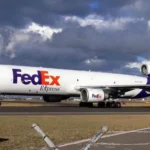








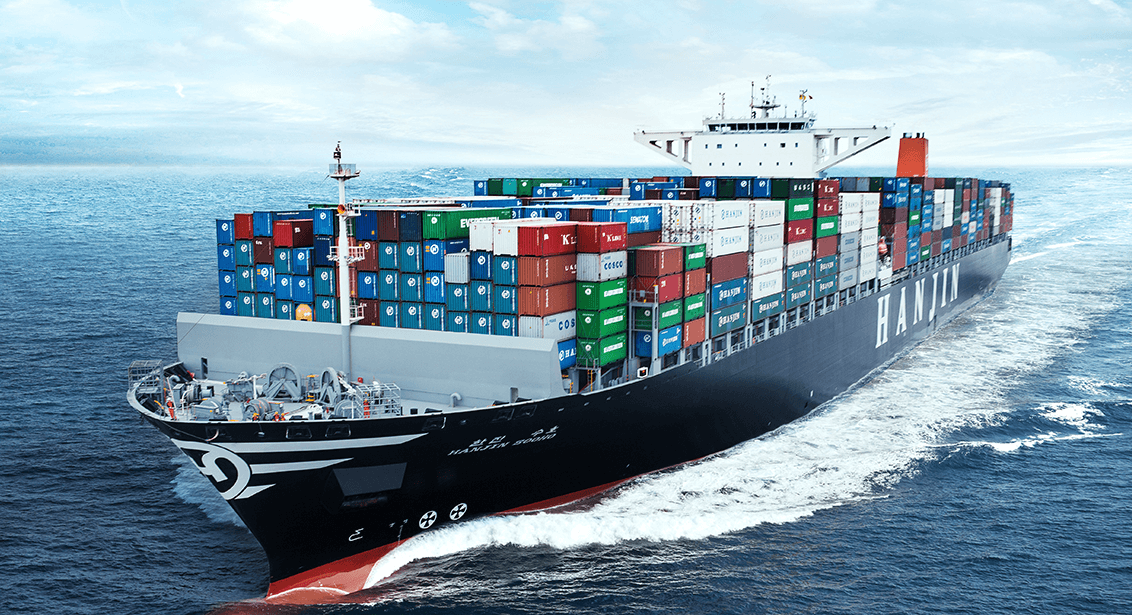
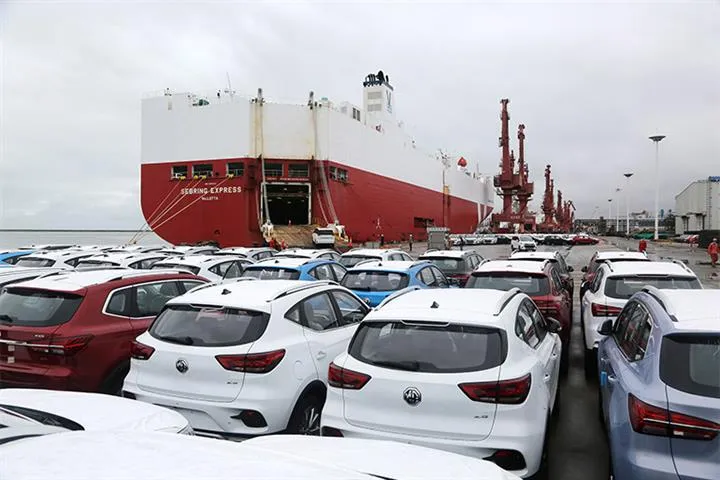








 Afrikaans
Afrikaans Shqip
Shqip አማርኛ
አማርኛ العربية
العربية Հայերեն
Հայերեն Azərbaycan dili
Azərbaycan dili Euskara
Euskara Беларуская мова
Беларуская мова বাংলা
বাংলা Bosanski
Bosanski Български
Български Català
Català Cebuano
Cebuano Chichewa
Chichewa 简体中文
简体中文 繁體中文
繁體中文 Corsu
Corsu Hrvatski
Hrvatski Čeština
Čeština Dansk
Dansk Nederlands
Nederlands English
English Esperanto
Esperanto Eesti
Eesti Filipino
Filipino Suomi
Suomi Français
Français Galego
Galego ქართული
ქართული Deutsch
Deutsch Ελληνικά
Ελληνικά Kreyol ayisyen
Kreyol ayisyen Harshen Hausa
Harshen Hausa Ōlelo Hawaiʻi
Ōlelo Hawaiʻi עִבְרִית
עִבְרִית हिन्दी
हिन्दी Hmong
Hmong Magyar
Magyar Íslenska
Íslenska Igbo
Igbo Bahasa Indonesia
Bahasa Indonesia Gaeilge
Gaeilge Italiano
Italiano 日本語
日本語 Basa Jawa
Basa Jawa ಕನ್ನಡ
ಕನ್ನಡ Қазақ тілі
Қазақ тілі ភាសាខ្មែរ
ភាសាខ្មែរ 한국어
한국어 كوردی
كوردی Кыргызча
Кыргызча ພາສາລາວ
ພາສາລາວ Latin
Latin Latviešu valoda
Latviešu valoda Lietuvių kalba
Lietuvių kalba Lëtzebuergesch
Lëtzebuergesch Македонски јазик
Македонски јазик Malagasy
Malagasy Bahasa Melayu
Bahasa Melayu മലയാളം
മലയാളം Maltese
Maltese Te Reo Māori
Te Reo Māori मराठी
मराठी Монгол
Монгол ဗမာစာ
ဗမာစာ नेपाली
नेपाली Norsk bokmål
Norsk bokmål پښتو
پښتو فارسی
فارسی Polski
Polski Português
Português ਪੰਜਾਬੀ
ਪੰਜਾਬੀ Română
Română Русский
Русский Samoan
Samoan Gàidhlig
Gàidhlig Српски језик
Српски језик Sesotho
Sesotho Shona
Shona سنڌي
سنڌي සිංහල
සිංහල Slovenčina
Slovenčina Slovenščina
Slovenščina Afsoomaali
Afsoomaali Español
Español Basa Sunda
Basa Sunda Kiswahili
Kiswahili Svenska
Svenska Тоҷикӣ
Тоҷикӣ தமிழ்
தமிழ் తెలుగు
తెలుగు ไทย
ไทย Türkçe
Türkçe Українська
Українська اردو
اردو O‘zbekcha
O‘zbekcha Tiếng Việt
Tiếng Việt Cymraeg
Cymraeg יידיש
יידיש Yorùbá
Yorùbá Zulu
Zulu